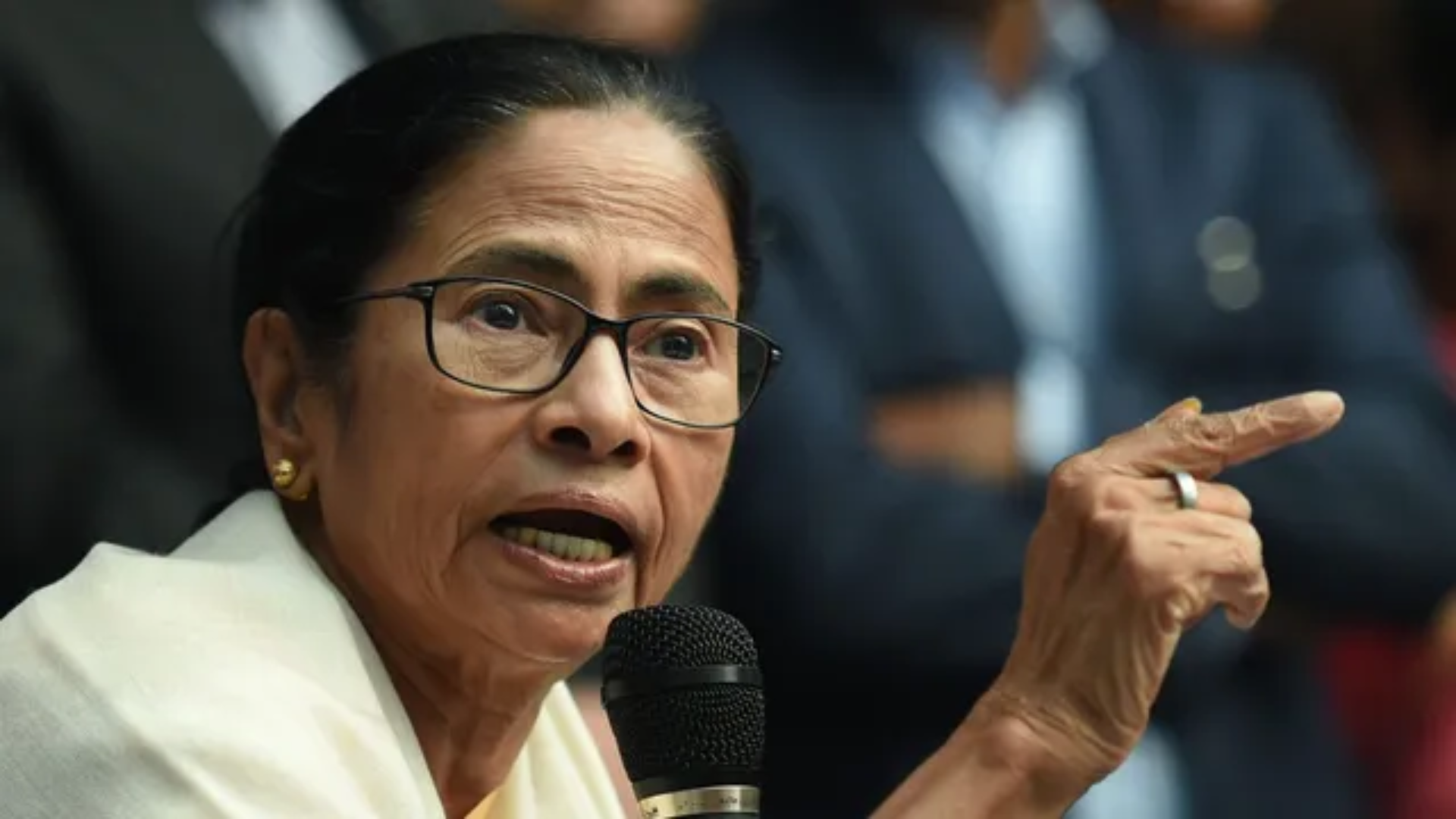As the conflict in Gaza continues, hunger and malnutrition have reached critical levels, leaving millions of people facing extreme food insecurity. Despite numerous warnings from global hunger monitors, the situation remains dire, with experts calling for a reevaluation of how famine is defined and identified in conflict zones.
Gaza on the Verge of Famine
In the past year, the world’s leading hunger monitor, the Integrated Food Security Phase Classification (IPC), has warned multiple times that Gaza could be on the brink of famine. However, despite this growing alarm, the IPC has stopped short of officially declaring famine, citing the lack of data on acute malnutrition levels and deaths unrelated to violence. This discrepancy between the reality on the ground and the IPC’s assessments has raised significant concerns.
Medical professionals and aid workers on the front lines, such as Gregory Shay, a pediatric pulmonologist who treated children in Gaza, describe a situation where malnutrition is widespread and deadly. Many children are living on bread and rice, lacking essential vitamins and minerals, leading to severe health conditions. Hospitals, overwhelmed with patients, struggle to provide the necessary care, and deaths from malnutrition and related diseases continue to rise. Shay’s observations align with those of other experts who believe famine has already taken hold in Gaza.
The Challenges of Famine Monitoring in Conflict Zones
One of the primary reasons for the IPC’s inability to officially declare a famine is the difficulty in collecting accurate data in conflict zones like Gaza. Blocked access to critical information, such as malnutrition rates and mortality caused by hunger, hinders a proper assessment. This issue is exacerbated by the chaos of war, which disrupts regular monitoring and prevents aid workers from conducting on-the-ground surveys. As a result, many deaths go unreported, and the true scale of the crisis remains obscured.
Many experts argue that the IPC’s current thresholds for determining famine are too rigid, particularly in conflict areas. The IPC typically relies on specific metrics, such as mortality rates and the percentage of households facing extreme food insecurity. However, these figures are difficult to obtain in besieged areas like Gaza, where violence and displacement hinder regular assessments.
Food-security experts, such as Dalmar Ainashe from CARE, suggest that the IPC should adapt its methods to better reflect the realities of conflict zones. This could include accepting anecdotal evidence from local doctors, families, and aid workers, alongside traditional data points. Lowering the bar for determining famine would allow for more timely interventions and could save lives.
The Geopolitical Implications of Famine
A formal declaration of famine would have far-reaching consequences, both politically and legally. If Gaza were officially declared to be experiencing famine, it would increase international pressure on Israel to allow more humanitarian aid into the territory. Experts suggest that such a declaration could expose Israel to legal challenges, including accusations of using starvation as a weapon of war.
However, some experts caution that simply declaring famine may not be enough to alleviate the crisis. The real issue is whether Israel will lift restrictions on humanitarian access and ensure aid reaches those who need it most. Even when supplies are allowed into Gaza, logistical challenges, looting, and continued fighting prevent aid from reaching its intended recipients.
While the debate over the technicalities of famine continues, many experts emphasize that the suffering in Gaza goes beyond statistical measurements. Alex de Waal, executive director of the World Peace Foundation, argues that even if Gaza is not officially classified as experiencing famine, the situation is already catastrophic. Thousands of people, particularly children, have died from malnutrition and preventable diseases. The ongoing violence and blockade have created conditions where survival is becoming increasingly difficult.
The Role of International Aid and Accountability
As the situation in Gaza deteriorates, the role of international aid and accountability becomes even more critical. Despite some increases in aid shipments, these efforts have often been short-lived and insufficient to address the scale of the crisis. Experts like Jeremy Konyndyk from Refugees International argue that a famine declaration would be a step toward ensuring that aid flows into Gaza more consistently. However, the ultimate challenge remains the same: ensuring that humanitarian organizations can operate safely and effectively in a warzone.
As the IPC considers revising its criteria for determining famine, the need for timely and effective action is clear. The current crisis in Gaza underscores the urgent need for a broader, more flexible approach to hunger and food insecurity in conflict zones. Experts agree that the international community must act sooner, rather than waiting for a technical famine declaration, to prevent further loss of life and alleviate the suffering of millions.
In the end, the debate over famine thresholds in Gaza is not just about numbers—it’s about the people whose lives are hanging in the balance. With a humanitarian disaster unfolding, the world cannot afford to wait any longer to address the crisis.




















